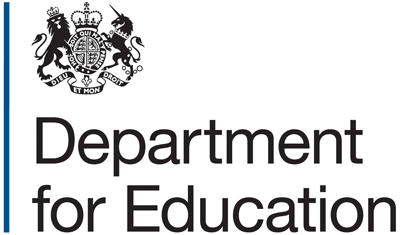The figures presented here provide information about the absence of day pupils of compulsory school age (5-15 at the start of the school year) in state-funded primary schools, state-funded secondary schools, City Technology Colleges, Academies and state-funded and non-maintained special schools (excluding general hospital schools) in England and who are resident in England.
The dataset includes the total number of enrolments in all schools, the percentage of half days (‘pupil sessions’) missed due to authorised absence, unauthorised absence and overall absence, and the percentage of enrolments that are persistent absentees (PA) in all schools. Figures are also shown for state-funded primary and state-funded secondary schools. Pupils who are boarders are not included in the dataset.
The primary and secondary school figures are drawn from the following schools maintained by a Local Authority (LA): Community, Foundation, Voluntary Aided and Voluntary Controlled. Primary school figures include middle schools deemed primary and primary academies. Secondary school figures include middle schools deemed secondary, secondary converter and sponsor academies and City Technology Colleges. Special schools (state-funded and non-maintained, excluding general hospital schools), are included in the ‘All Schools’ figures only.
Please note, the national figures in the table cover day pupils of compulsory school age (5-15 at the start of the school year) in state-funded primary schools, state-funded secondary schools, City Technology Colleges, Academies and state-funded and non-maintained special schools (excluding general hospital schools) who are resident in England as well as those with a missing or invalid postcode (i.e. they only exclude those known not to be resident in England). Therefore local and regional figures will not sum up to the national figures.
All Schools – For the purposes of this dataset, ‘All Schools’ encompasses state-funded primary schools, state-funded secondary schools, City Technology Colleges, Academies and state-funded and non-maintained special schools (excluding general hospital schools).
Authorised Absence – absence with permission from a teacher or other authorised representative of the school. Parents or guardians may provide an explanation for a particular absence, but only the school can authorise it. This includes absences for which a satisfactory explanation has been provided (e.g. illness).
Unauthorised Absence – absence without permission from a teacher or other authorised representative of the school. This includes all unexplained or unjustified absence, such as lateness; holidays during term time not authorised by the school; absence where the reason is not yet established.
Persistent Absentee – The definition of persistent absence has changed from the 2015/16 academic year. Pupil enrolments missing 10 percent or more of their own possible sessions (due to authorised or unauthorised absence) are classified as persistent absentees.
Before then, persistent absentees were defined as having an overall absence rate of around 15 per cent or more. This equates to 56 or more sessions of absence (authorised and unauthorised) during the year for pupils aged between 5 and 14 and 46 or more sessions of absence (authorised and unauthorised) during the year for pupils aged 15.
Primary School – a school providing full-time education for junior pupils who have not reached the age of 10 years and 6 months; and pupils who have reached that age and it is appropriate to educate together with junior pupils. They consist of infant schools for children aged 5-7, junior schools for those aged 7 and over, and junior and infant schools for both age groups. Some Primary schools also offer nursery classes to children aged under 5.
Secondary School - a school providing full-time education suitable to the requirements of pupils of compulsory school age who are either senior pupils or junior pupils who have attained the age of 10 years and 6 months and whom it is appropriate to educate together with senior pupils of compulsory school age.
Pupil Session – covers either a morning or afternoon session when a pupil can be in school. Each of the sessions is initiated by the calling of an attendance register. For use in a statistical context, a ‘Pupil Session’ is known as a ‘Pupil Half Day’.
The total number of possible ‘Pupil Sessions’ is equal to the number of ‘Pupil Half Days’ available to all pupils.
Frequency: Academic Year
Source:
Department for Education - https://www.gov.uk/government/collections/statistics-pupil-absence


